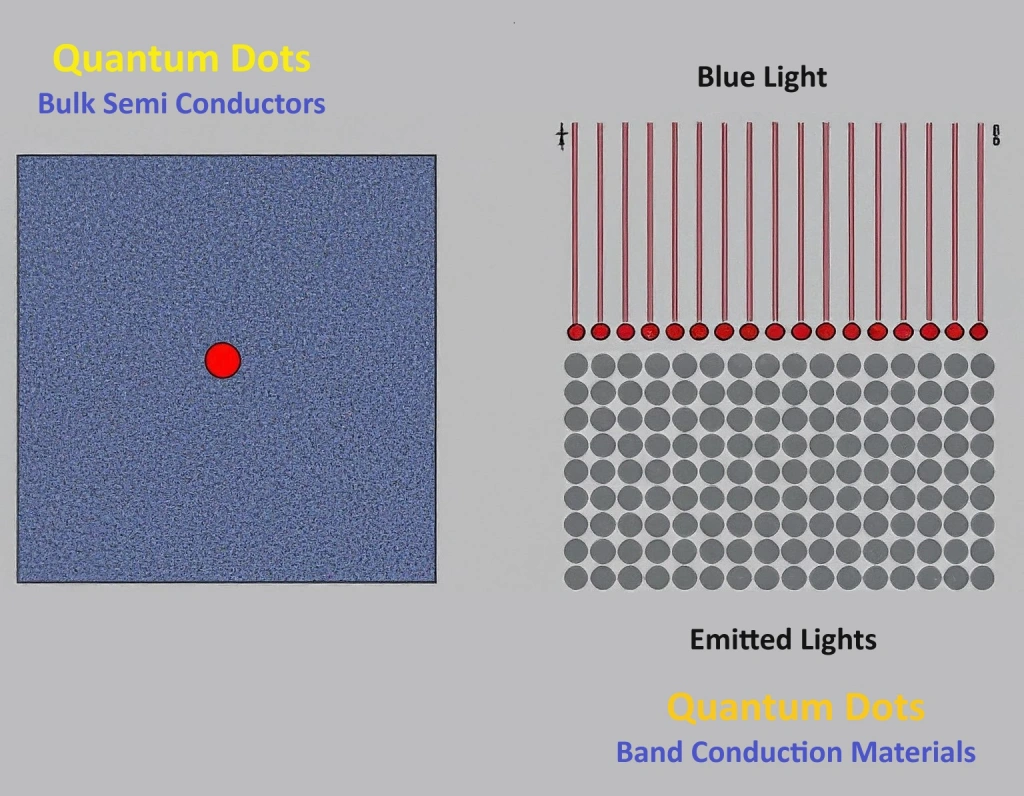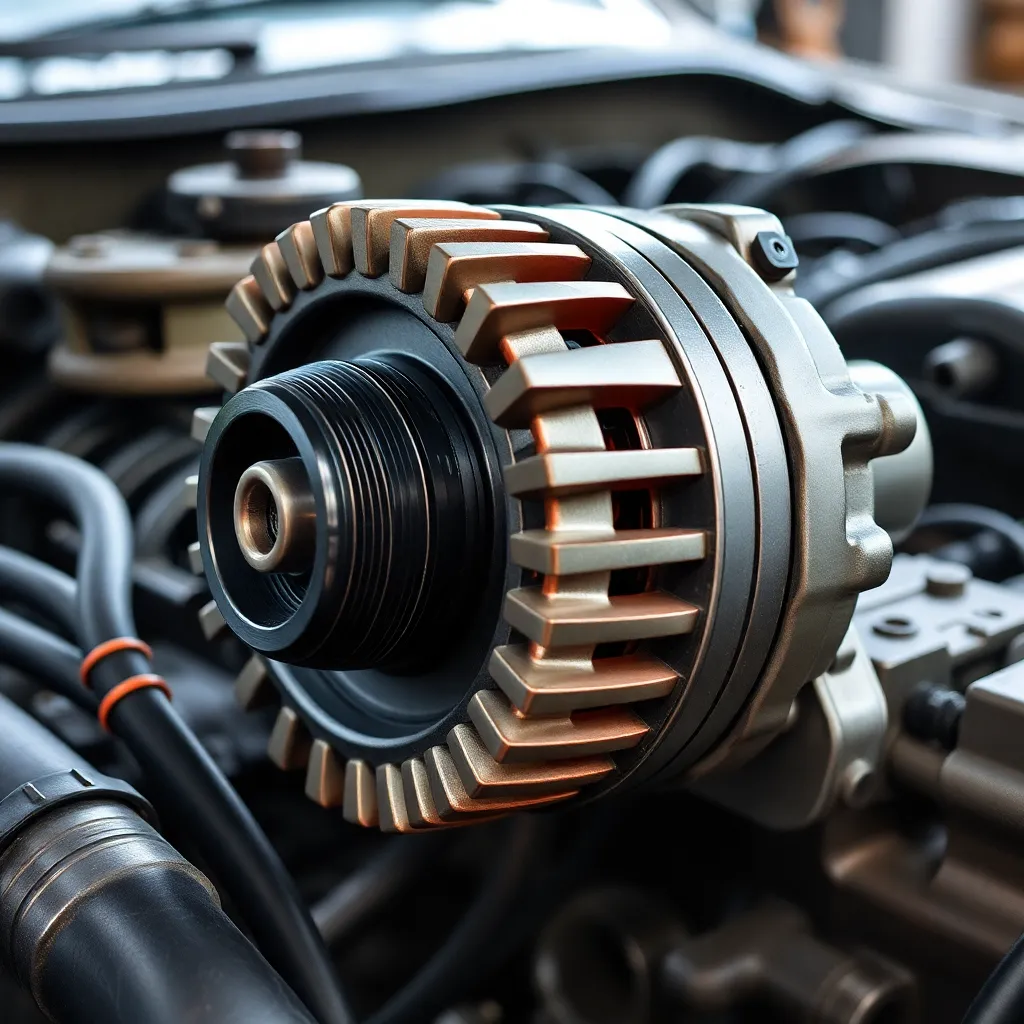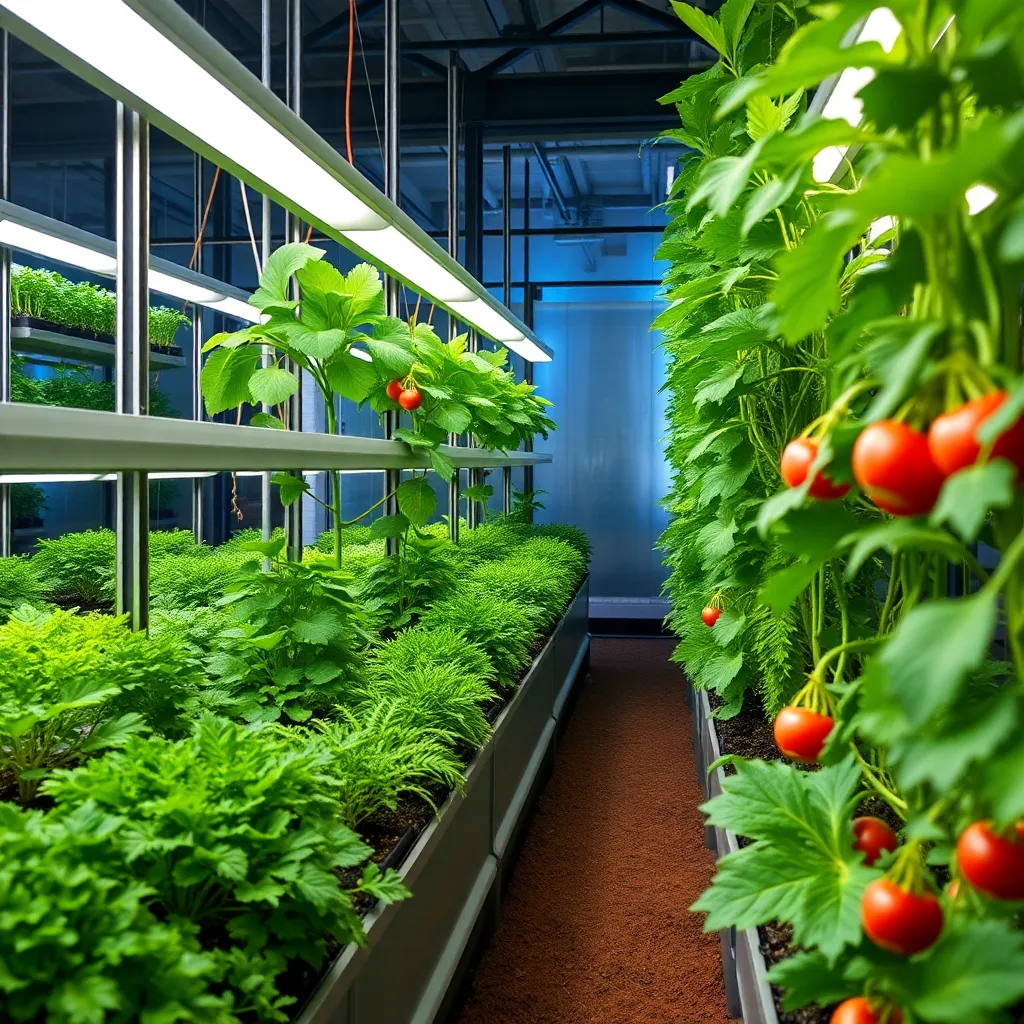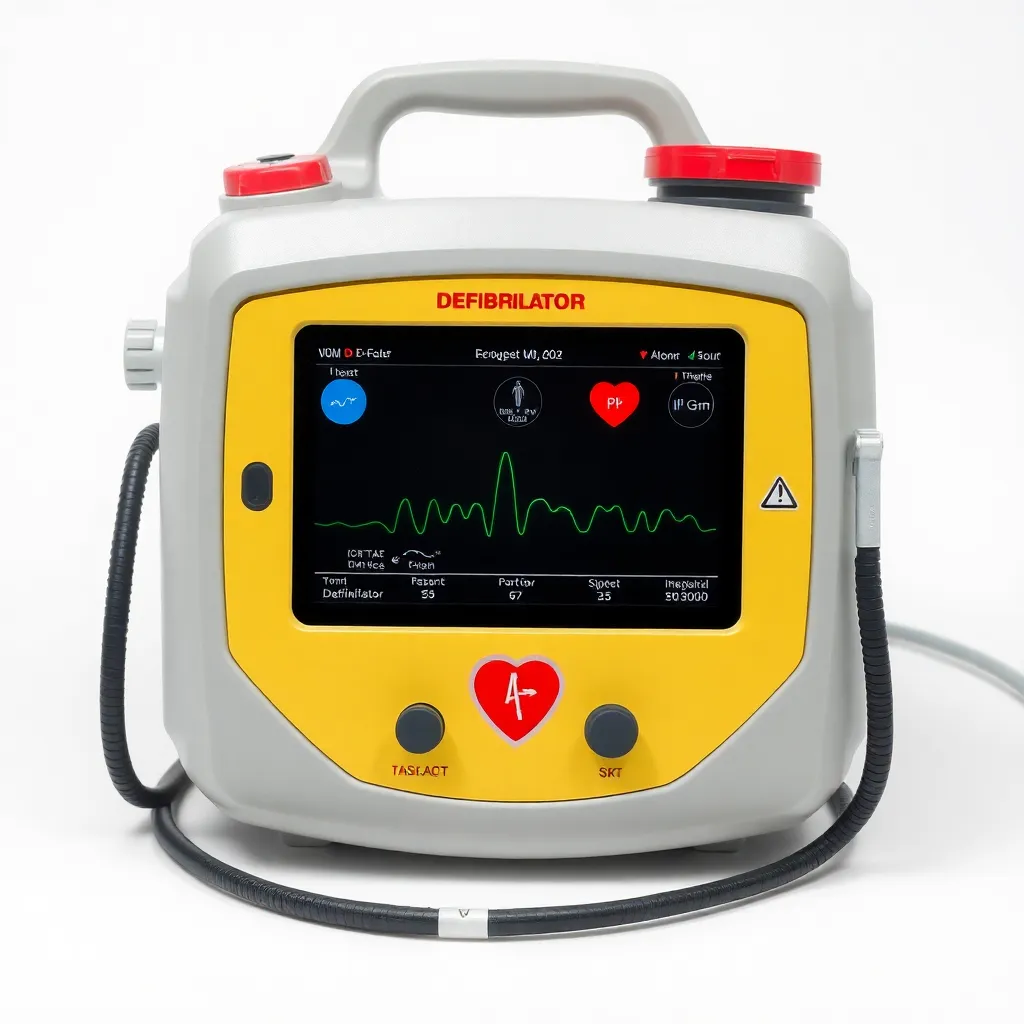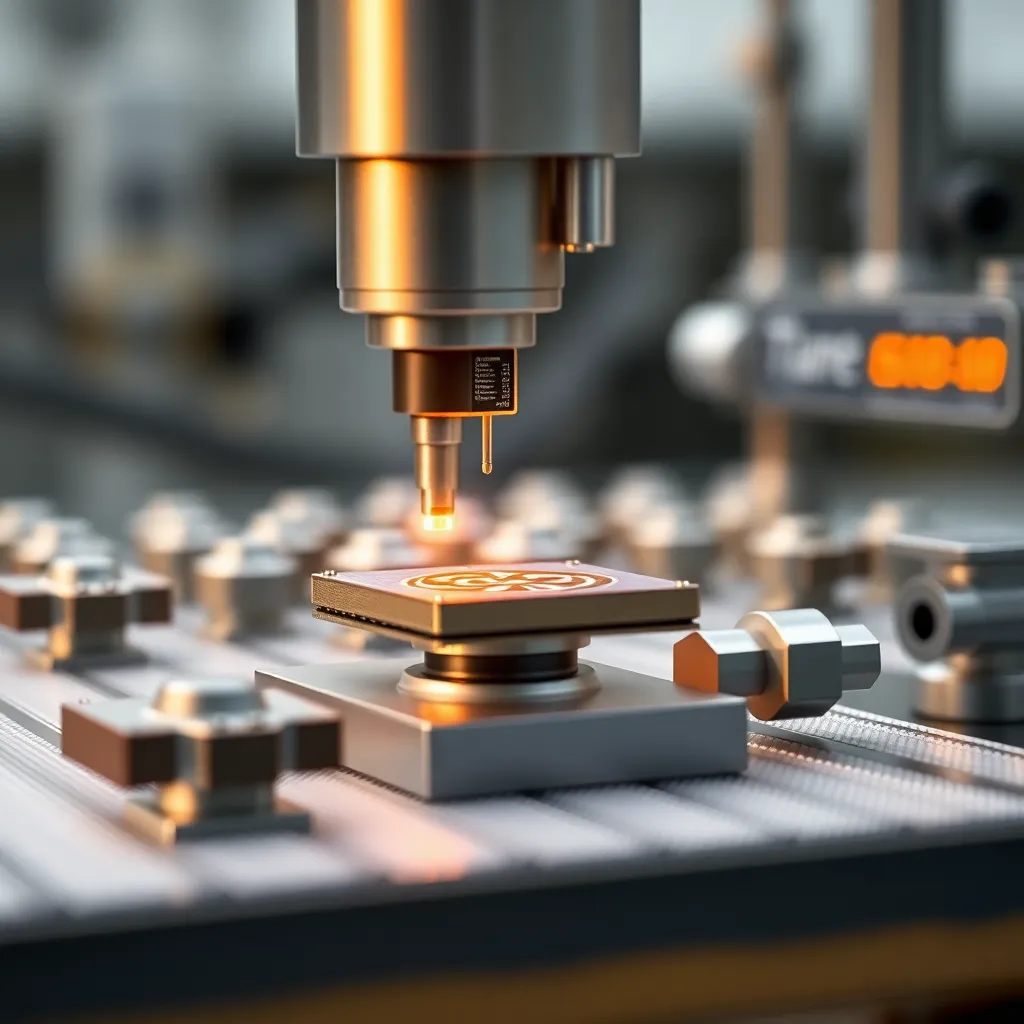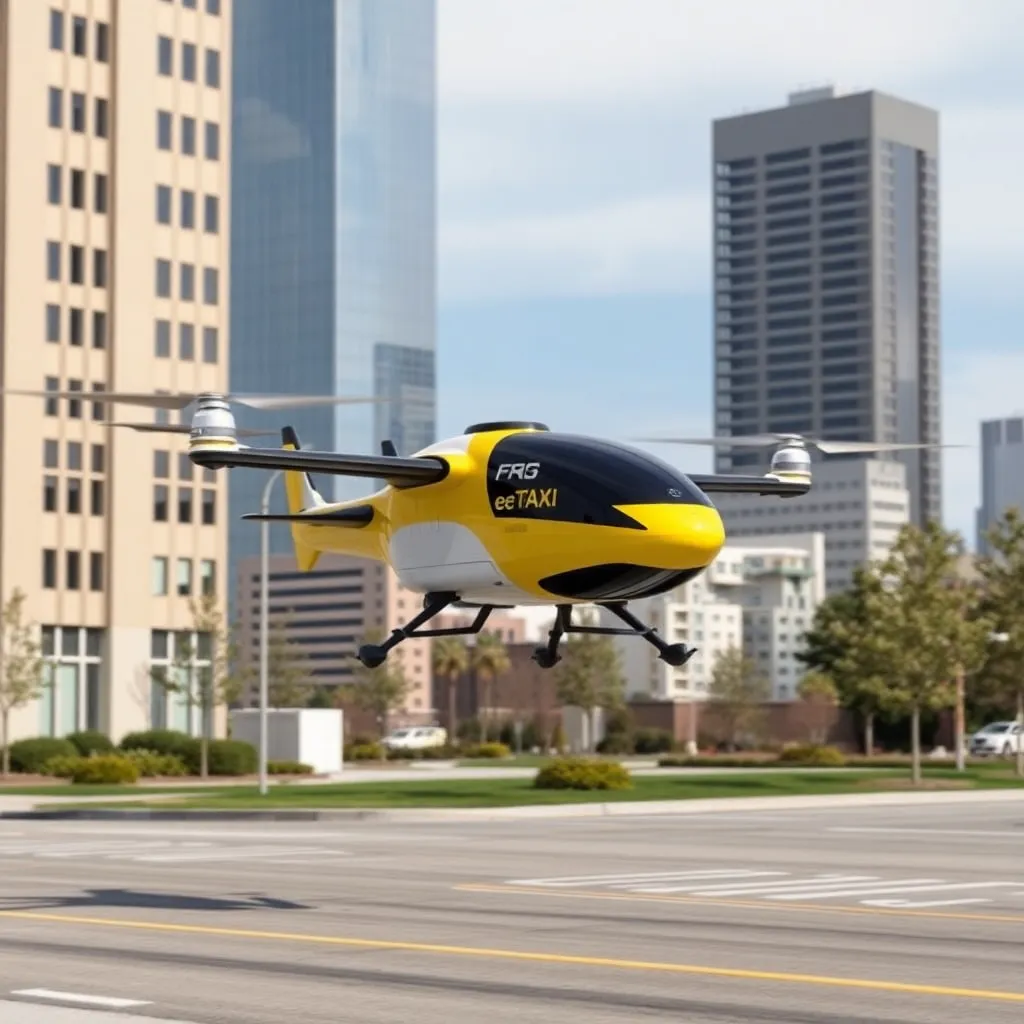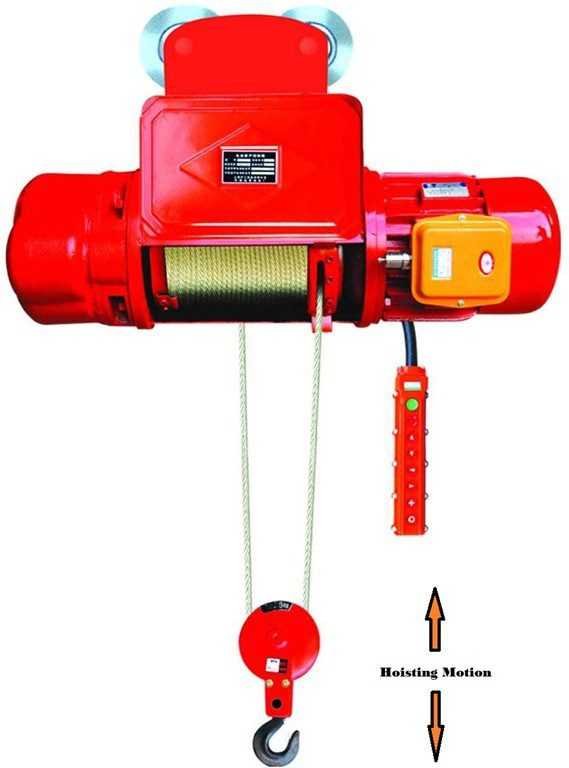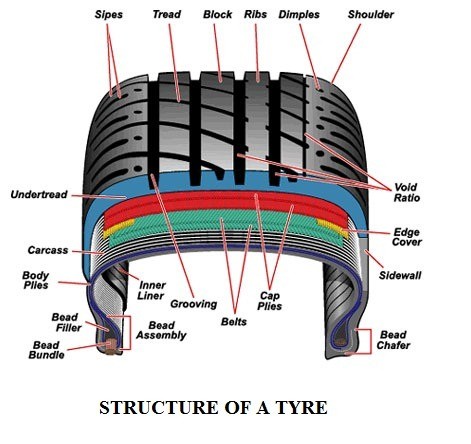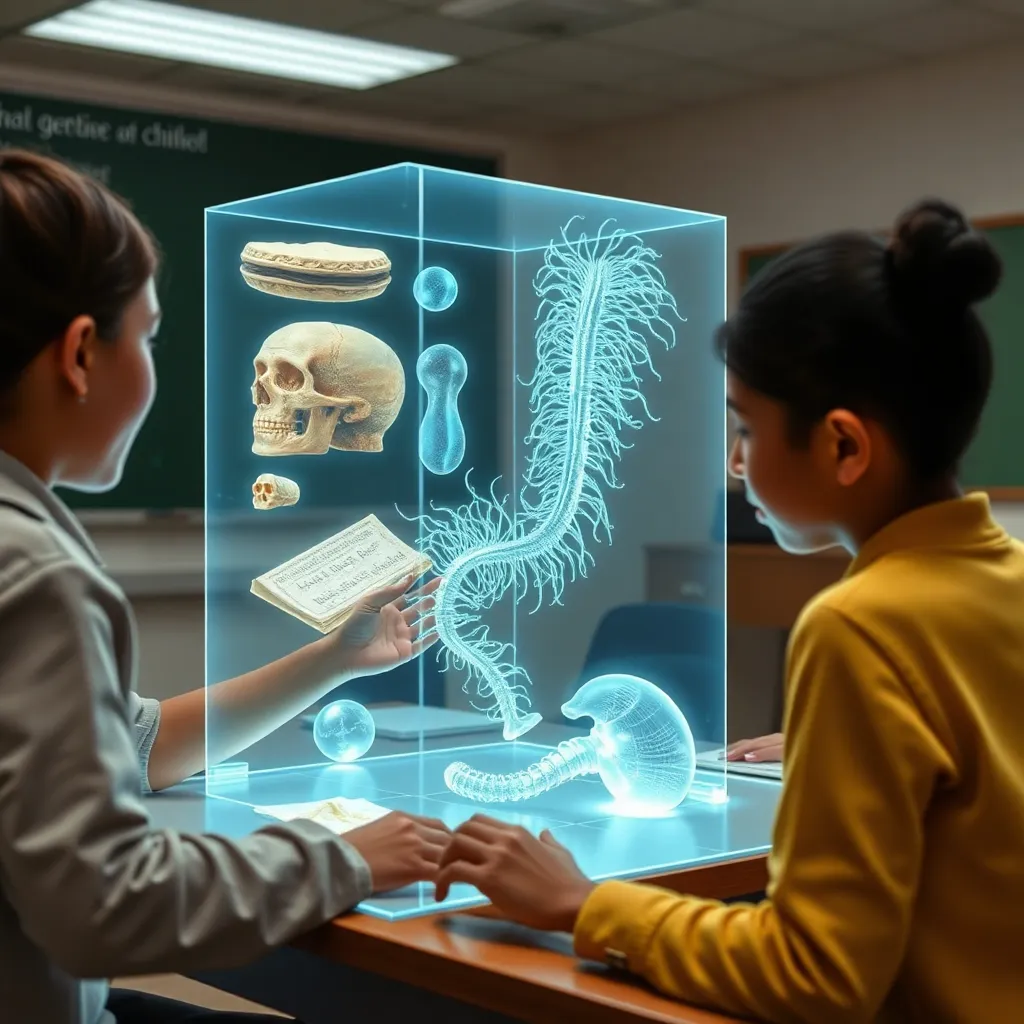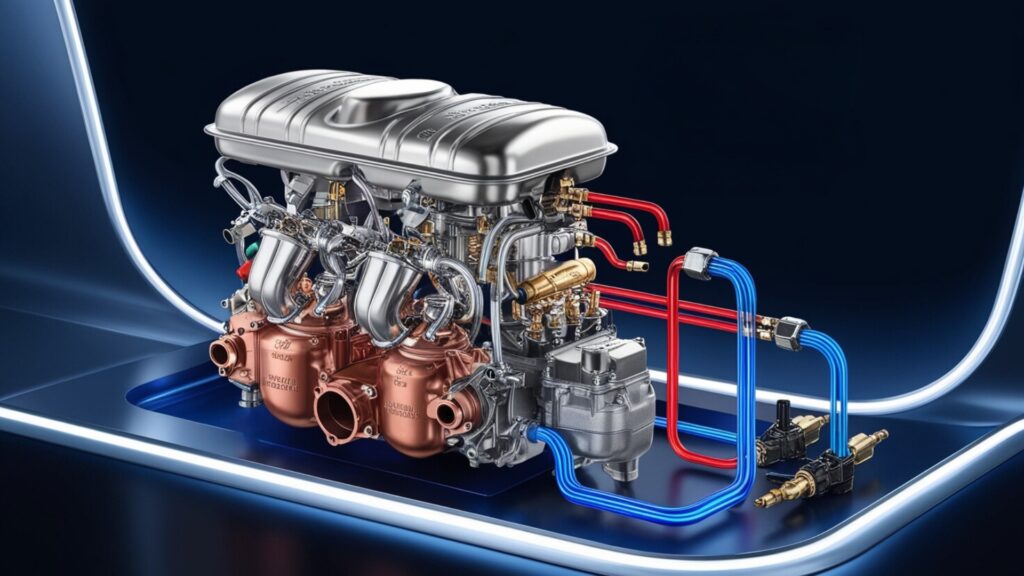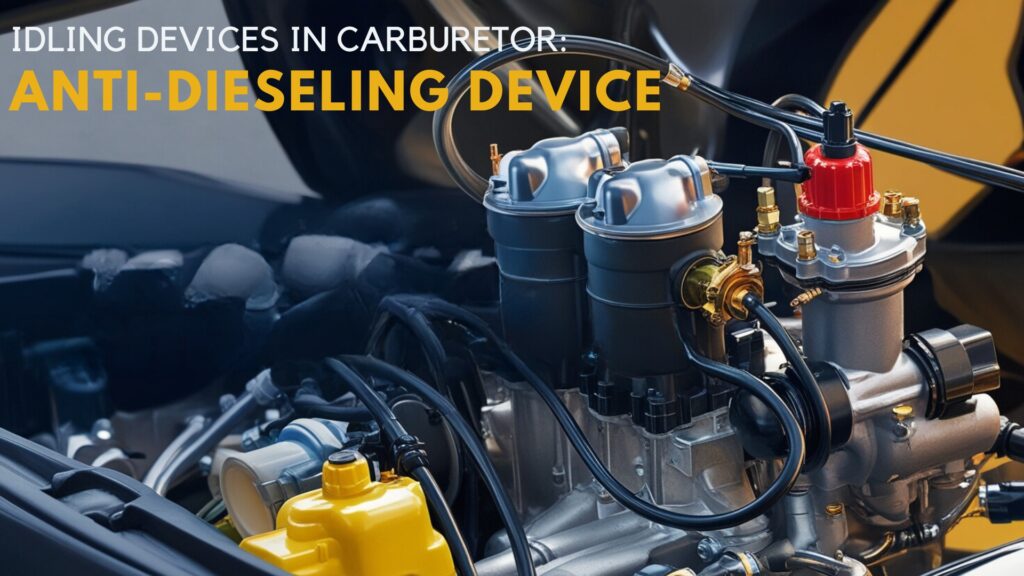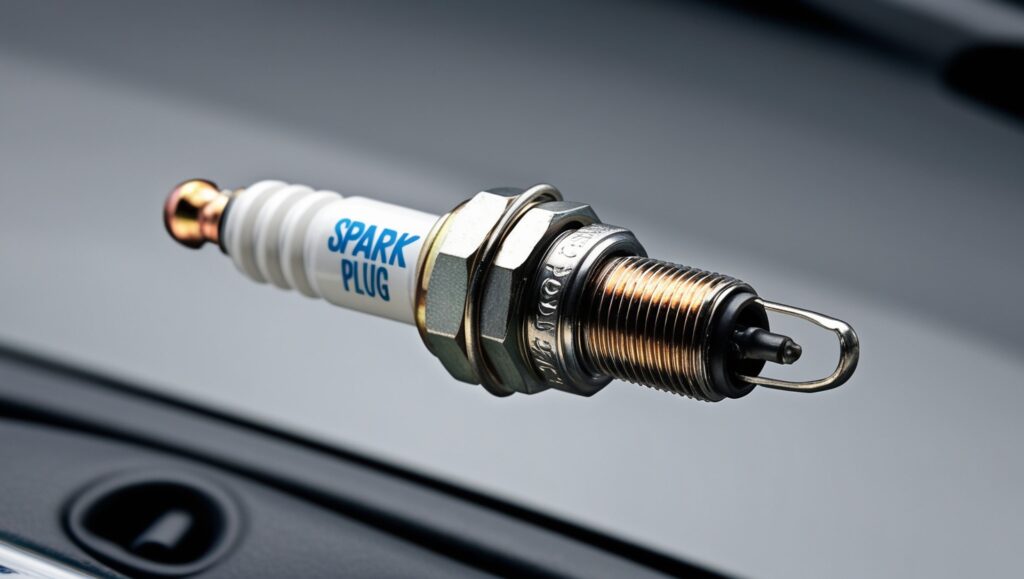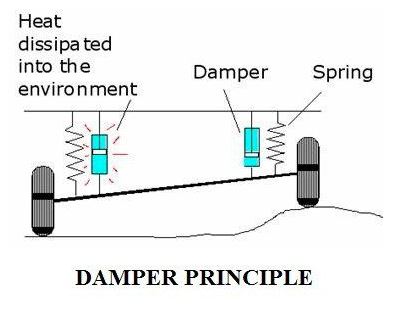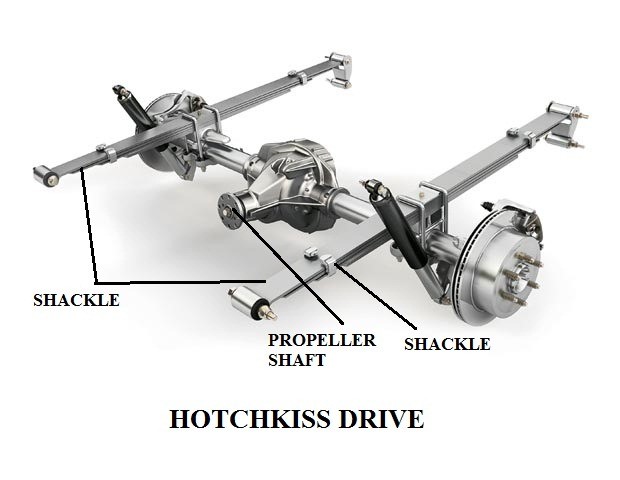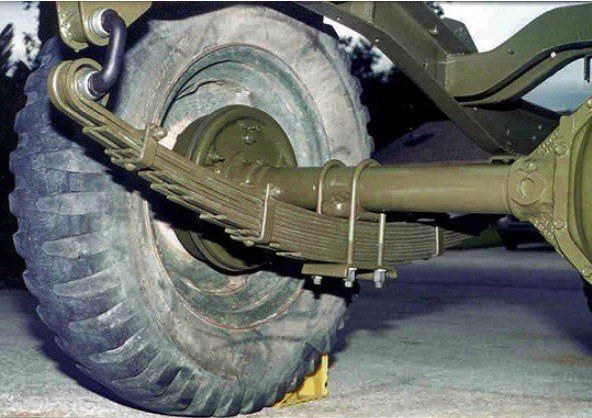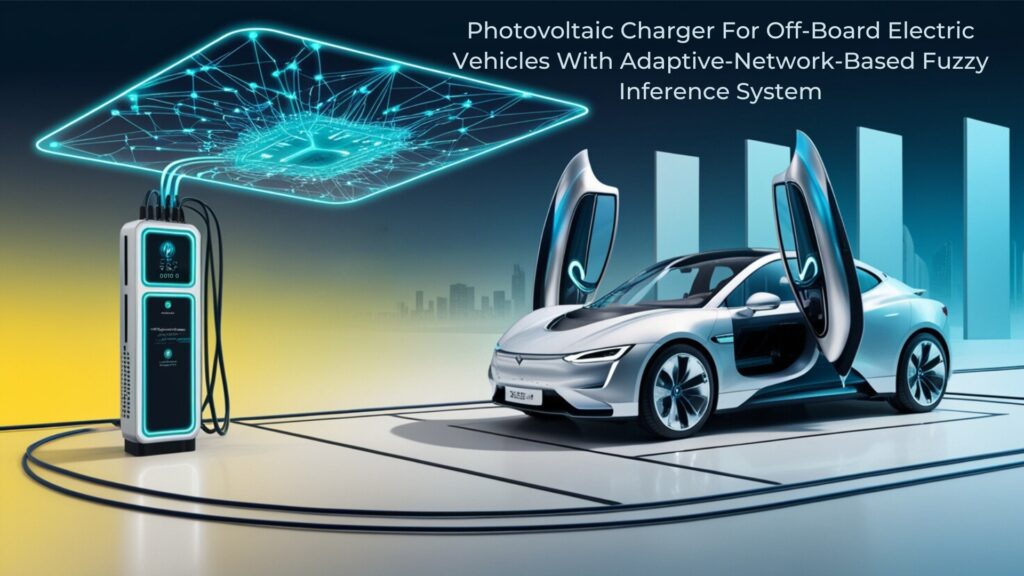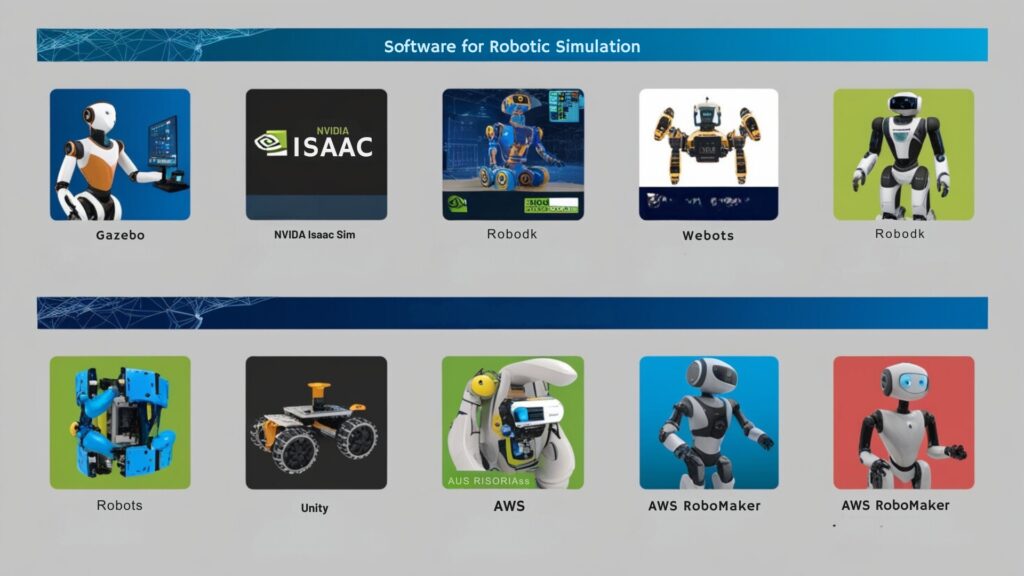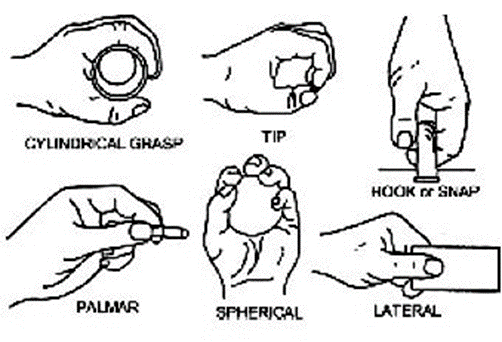Quantum Dots: Synthesis, Applications and Future Trends
Quantum dots (QDs) are nanoscale semiconductor particles characterized by their unique electronic and optical properties, which are largely determined by their size and composition. They have emerged as significant materials in various fields due to their tunable light emission, high photostability, and narrow emission spectra. The synthesis of quantum dots is a critical area of research, employing advanced techniques such as molecular beam epitaxy, ion implantation, X-ray lithography, and molten salt synthesis, each offering distinct advantages in controlling the size and quality of the QDs produced. This burgeoning field has expanded the scope of quantum dots, paving the way for innovative applications in medicine, optoelectronics, and renewable energy solutions. The […]
